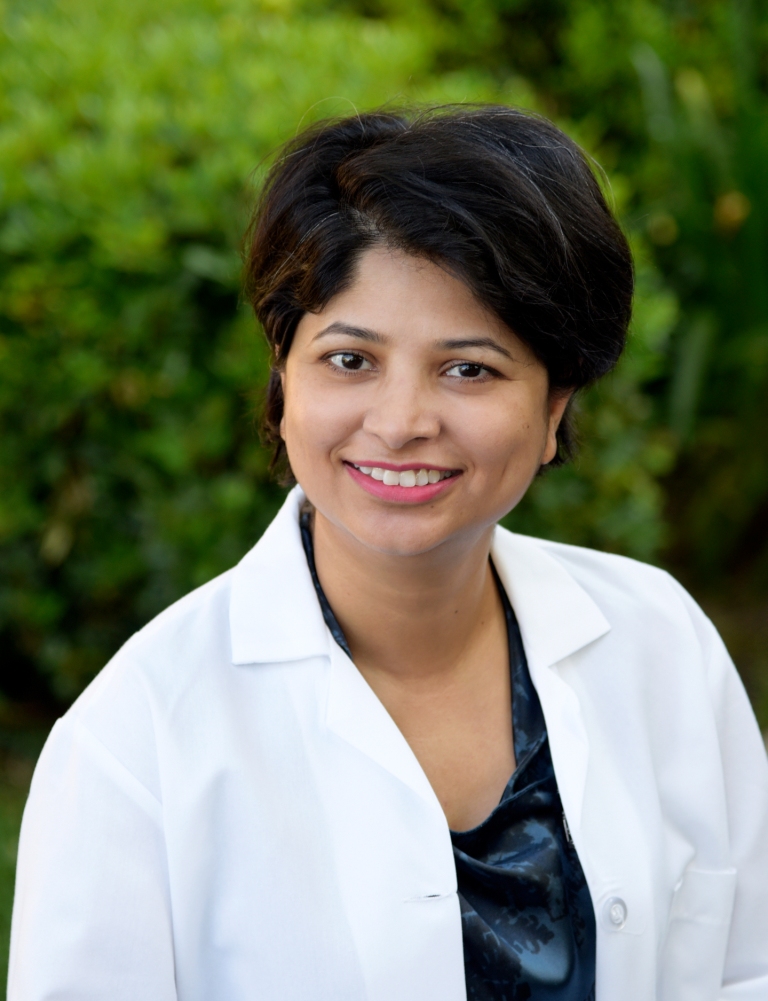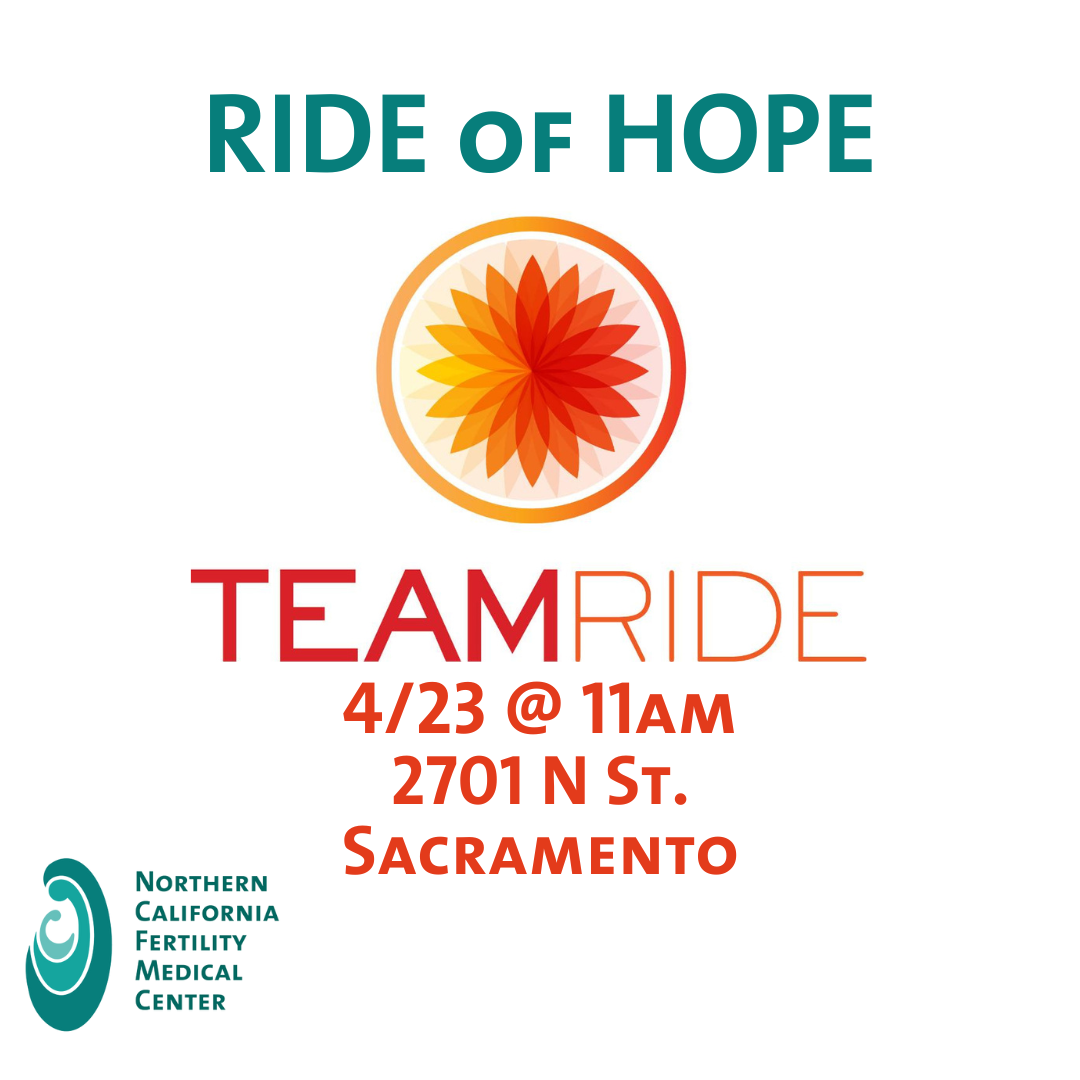At Northern California Fertility Medical Center, we are very fortunate to have an extremely experienced set of embryologists and laboratory technicians. Our lab director, Sushma Singh, PhD gave us a little behind the scenes glimpse of what lead her in to embryology, why she is passionate about her profession and what sets NCFMC apart from your average IVF lab.

NCFMC Lab Director, Dr. Singh
What led you into the field of human embryology?
I toured an embryology lab as part of my post-doctoral fellowship at West Virginia University and was fascinated by the idea of handling such an early life. I had been looking for a position where I could utilize my training in reproductive physiology and neuroendocrinology, and embryology seemed like the perfect combination of the two fields. I was very surprised by how prevalent infertility was and how little importance it was granted in the popular discourse. The scientific rigor that is required by embryology is also highly fascinating and perfect fit for me, and of course, helping people achieve a family is a reward in itself.
What fascinates you about your profession?
Everything! It’s watching an egg and a sperm develop into an embryo, and the potential for a fully grown human being in the future. It may sound nerdy, but I absolutely enjoy looking at raw data and trying to determine ways to improve patient outcomes or help a specific patients that may not fall into the usual groups. Embryology is a rapidly evolving field. There’s always opportunities to learn new techniques and new science. Another fascinating thing is being able to provide the option to preserve fertility to cancer patients, which we couldn’t do earlier, especially for women even 15 years ago.
What are the most challenging aspects of your job?
Unfortunately, IVF doesn’t work for every single patient every single time. It’s important to avoid absorbing the patient’s disappointment because that can be counterproductive. We’re very invested in our patients, and the challenge is to objectively look at the reasons for a negative cycle and offer the patient the best future treatment plan. Embryology is a 24/7, 365 day profession, and it’s very easy to allow it to become the ruling aspect of your life. It’s important, and a constant challenge, to carve out downtime for lab staff.
What’s the first thing you do when you enter the lab in the morning?
That is easy. It doesn’t sound glamorous, but the first thing you do is quality control, a critical component of any good embryology laboratory. You do daily QC on all the equipment to ensure that they are operating at the set points and there hasn’t been an unexpected event while the world was sleeping. Once you’ve ensured that everything is on order, then you start to look at your embryos. All the embryos are graded sequentially to help us determine the potential of each one in culture.
Technology in embryology is ever evolving. How do you keep up with the latest?
I attend scientific meetings to keep up with recent advances. The best way of keeping up with the technology is going to national and international meetings where I can interact with other reproductive professionals. All the physicians and the lab staff are a part of American Society of Reproductive Medicine, the largest international reproductive professional organization. Embryology is a tight knit community. We are constantly exchanging ideas about new techniques and how to incorporate them into our lab. I also spend hours reading scientific articles in peer reviewed journals.
What sets NCFMC apart from other labs you’ve worked in?
The group of individuals that make up NCFMC is what sets this clinic apart.
The physicians are always looking at ways of improving the outcome for the patients. They show tremendous willingness to adapt new technology, and pay attention to the emerging data in the field. All the other clinical staff treat patients as individuals. They practice personalized infertility medicine by paying attention to individual differences. They are diligent and go above and beyond the medical call to ensure that the patient is comfortable and doing well emotionally as well. With two PhD’s, three CLS’s, and two Embryology TS’s on staff, the lab staff at NCFMC is highly qualified compared to the average IVF laboratory out there. The education and experience provides the lab staff with tools and means to understand gametes and embryos beyond the average technician and to troubleshoot when needed.
What are the most common questions that patients ask you?
Patients are always concerned about us mixing up their embryos or sperm with another patient. We have multiple checks and balances for gametes and embryo verification. These checks and balances are on paper as well as at the personnel level where each insemination, freeze, thaw, and embryo transfer is verified by a second pair of eyes to ensure correct identification.
D3 vs. D5 embryo transfer: What is best? D5 embryo transfer can help us select better embryos in cases where there are multiple embryos to choose from. We are very conscientious about not transferring multiple embryos, thus preventing high risk multiple pregnancies. Thus if we are able to choose the best 1 or 2 embryos on D3, we would recommend a D3 ET. The pregnancy rate is not dependent on the day we do the embryo transfer, but on the patient’s age and other prognostic factors.
Why didn’t I have embryos to freeze? What makes an embryo freeze worthy? When we freeze an embryo, we want to ensure that is has some degree of viability post thaw. For the embryos frozen on D5 and D6, they need to be a blastocyst with three distinct parts: the inner cell mass, trophectoderm, and blastoceole. Each part plays a unique role in establishing pregnancy. If any of these parts are poor quality, the embryo will be unable to establish a viable pregnancy and is not freeze worthy.
Thanks Dr. Singh!

















